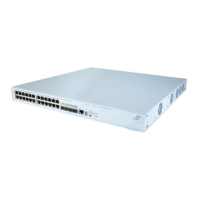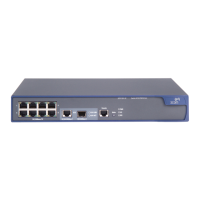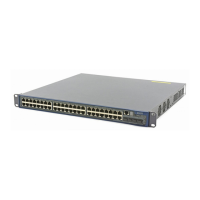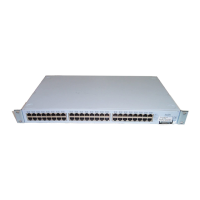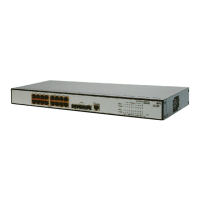16 CHAPTER 1: GETTING STARTED
Stacking Overview
Brief Introduction With the 3Com Switch 4500, up to eight units can be operated together as a
single larger logical unit to simplify administration. This is called stacking.
Stacking allows you to add ports in a site or location incrementally, without adding
complexity to the management of the switch. Only a single IP address is required
for a stack. Also, a single interface is presented for configuring a stack using
telnet, CLI, web management, or SNMP.
Typical Networking
Topology
Typical stacking networking topology is as shown in Figure 1. Switches of the
same type (that is, units) form a the stack. The Switch 4500 stacking makes use of
existing Gigabit connections for interconnecting the members of the stack.
Figure 1 Stacking Networking Topology
Product Features Table 4 lists the function features:
Table 4 Function Features
Features Description
VLAN VLAN compliant with IEEE 802.1Q Standard
Port-based VLAN
STP protocol Spanning Tree Protocol (STP) / Rapid Spanning Tree Protocol
(RSTP), compliant with IEEE 802.1D/IEEE802.1w Standard
Flow control IEEE 802.3 flow control (full-duplex)
Back-pressure based flow control (half-duplex)
Broadcast Suppression Broadcast Suppression
Multicast Internet Group Management Protocol (IGMP) Snooping
IP routing Static route
RIP V1/v2
IP routing policy
DHCP Dynamic Host Configuration Protocol (DHCP) Relay
DHCP Client
Link aggregation Link aggregation
Mirror Mirror based on the traffic classification
Port-based mirror
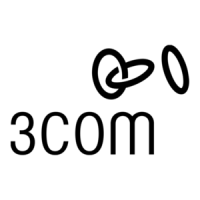
